|
Hino Tanjoin
Introduction to Hino Tanjoin:
Hino Tanjoin is located in Kyoto and marks the birthplace where Shinran Shonin who was born
in 1173. The first few Halls of the Tanjoin were built 1862 by the 20th Monshu Konyo Shonin and subsequently expanded by the
21st Monshu - Myonyo Shonin - and the 23rd Monshu - Shonyo Shonin respectively in 1923 and 1928.
Buildings in the Tanjoin
include the Main Hall (Hondo), a kindergarten and other buildings for sermons and services.
In the Hondo are the Gohonzon,
a statue of Shinran Shonin at 6 years old and a statue of his father, Hino Arinori.
Next to Hino Tanjoin is the Hokaiji
Temple, which served as the ancestral temple of the Hino Family.
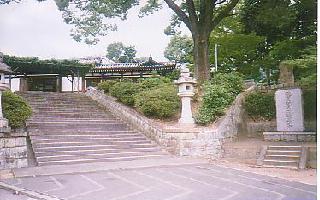
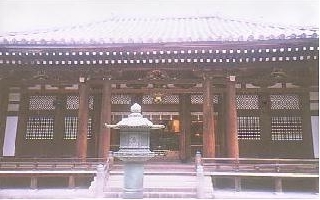
Left: Entrance to Hino Tanjoin. The stone plague on the right reads "Shinran Shonin Gotanjo Shichi (Birthplace of Shinran
Shonin)"
Right: The Hondo, where the Gohonzon (Statue of Amida Buddha), a statue of Shinran Shonin at 6 years old
and a statue of his father Hino Arinori are enshrined.
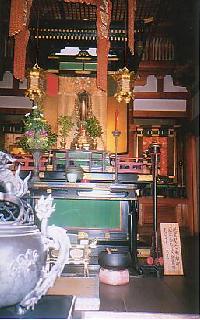
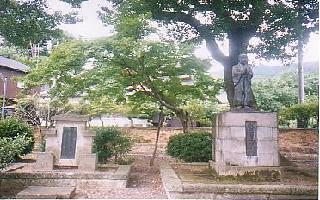
Left: The Naijin (Inner Sanctum) of the Hondo.
Right: A statue of Matsuwakaburo (Shinran Shonin's childhood name) aspiring
for ordination at the age of 9.
A plague depicting the gatha he recited prior to his ordination reads "Oh how glad
I am to think of the sakuras that will bloom tomorrow, but alas, who knows that a storm comes at night", reminding us
of the impermanence of life.
Shorenin
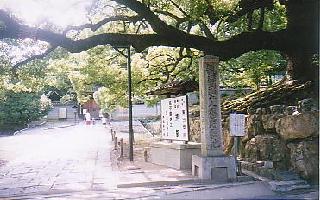
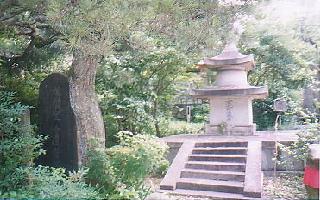
Left: Entrance to Shorenin, Higashimaya, Kyoto. It was here where Shinran Shonin was ordained into the priesthood at the age
of 9 by High Priest Jien. Shorenin is an important temple in the Tendai school, and many of it's abbots were also successors
of the position of the Kanshu or High Priest of Tendai-shu.
Right: Stupa where the hair of Matsuwakaburo (Shinran Shonin's
childhood name) is interrned.
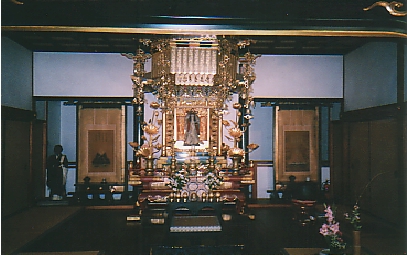
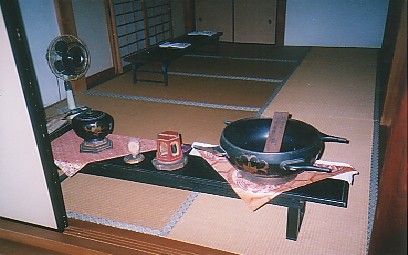
Left: Naijin (Interior) of Shoren-in. On the left is a life-size replica of Hannen (Shinran Shonin's ordination name) at the
age of 9 and a scroll drawing of Shinran Shonin. On the right is a scroll drawing of High Priest Jien.
Right: The utensils
used during Shinran Shonin's ordination at Shoren-in.
Rokakudo (Daihoji)
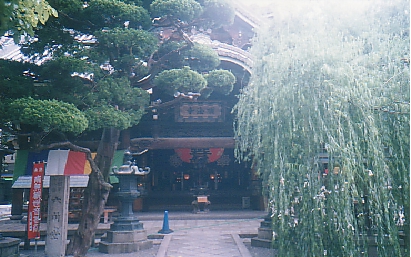
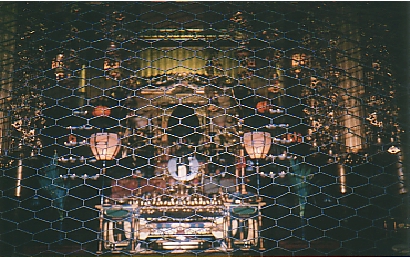
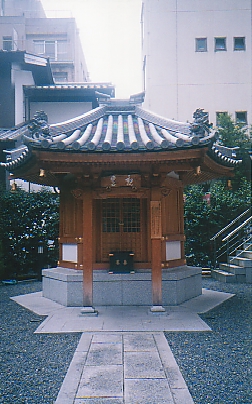
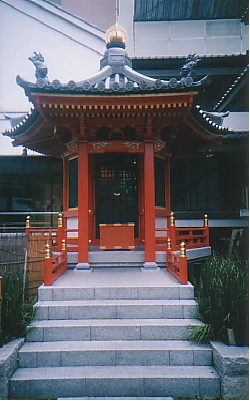
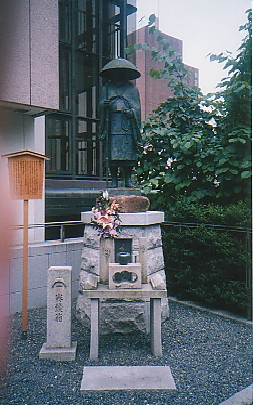
Top left: Entrance to Daihoji, also known as Rokakudo. Rokakudo is where Shinran Shonin undertook a 100-day Retreat and where
on the 95th day of his retreat, dreamt of the World-saving Avalokitesvara Bodhisattva (Kannon Bosatsu), who inspired him to
look for his Master, Honen Shonin, who was then teaching the Nenbutsu at Otani at Higashiyama.
Top right: Naijin of Rokakudo.
In the centre is a shrine dedicated to Kannon Bosatsu, the principle Bodhisattva worshipped at Rokakudo. On the left is a
shrine dedicated to Prince Shotoku, who, according to legend, built Rokakudo. On the right is a shrine dedicated to Shinran
Shonin.
Bottom left: A hexagonal shrine (Ranki) dedicated to Shinran Shonin, commemorating the site where he had dreamt
of Kannon Bosatsu apprearing as Shotoku Taishi, who in a verse, gave him permission to marry. Inside is also a statue of Shinran
Shonin dreaming of the Bodhisattva.
Bottom right: Another hexagonal shrine dedicated to Shotoku Taishi (Prince Shotoku),
who is said to have built Rokakudo.
Bottom centre: A statue of Shinran Shonin at Rokakudo.
Tsunobo Betsuin
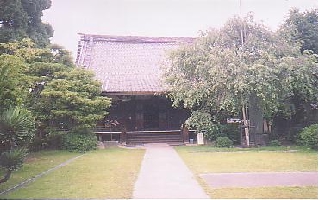
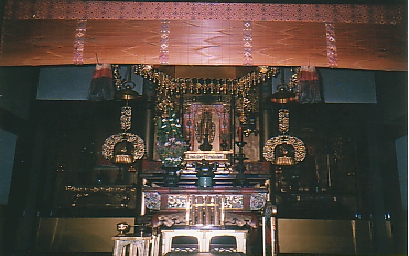
Top left: Main Hall of Tsunobo Betsuin. It is here at the Betsuin where Shinran Shonin passed away at the age of 90 in 1262.
Originally called Zenpo-in, it was a temple of Tendai-shu until the it converted to a Honganji-ha temple. North of the Betsuin
is the Chuo Bukkyo Gakuin (Central Buddhist Seminary), where ministers of the Honganji study Jodo Shinshu theology.
Top
right: Naijin of Tsunobo Betsuin.
Bottom: Statue of Shinran Shonin. Most Jodo Shinshu temples have such a statue in their
grounds.
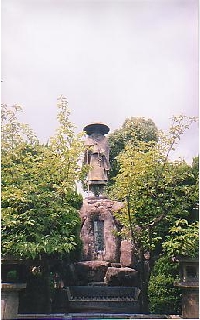
|